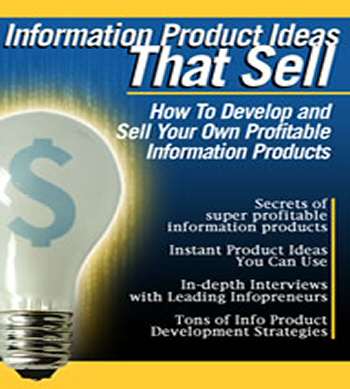 We hear it all the time, people first make a decision to buy based on emotion and then justify the purchase with logic. Intuitively, we know its true, after all we have all been caught making purchases we had not previously planned.Â
We hear it all the time, people first make a decision to buy based on emotion and then justify the purchase with logic. Intuitively, we know its true, after all we have all been caught making purchases we had not previously planned.Â
How many times have you picked something up in a store, or hit the order button on a web page only to decide against purchasing the item once your brain has had time to justify based on logic?Â
It’s your emotion that made you pick that product up in the first place, but then given enough time, you have changed your mind based on logic.Â
Here’s an awesome explanation (“Marketing To (and Through) the First Brain“) that explains how —
1. Stimulus hits the sub-conscious emotional areas of our brain first followed by the logic portion of our brains second. For the first time, we have neurological explanations for this widely held marketing concept that your emotional message must be up front and strong enough to tailore themselves to how our brain operates.Â
2. In order for a purchase decision to be made, the message must make it through the emotional “first brain” as is mentioned in this article.Â
What this means for information product marketers and online markters is that you must consciously be aware of what emotions are occuring in the mind’s of online buyers. For instance, research has demonstrated that most people will be turned off by hype, but are very interested in seeing proof or other items that help people trust the message.Â
Indeed now we see the neurological importance of NOT turning off the customer from an emotional point of view early in the sales process. Even further, if you rely on customers telling you why they didn’t buy – often they won’t even really know since the sub-conscious trigger that turns someone off of a product or message happens before it gets to the rest of the brain meaning its not aways a conscious decision.Â
So, what are some techniques to increase the liklihood you can get through the first brain?
1. Blogs are a great way to build a relationship and gain trust so long as they are not focused on sales messages but rather informational, timely and add some personality (the emotional context referred to above.
2. Giveaway, content-oriented reports. Online buyers are already somewhat defensive about giveaway ebooks or free minicourses – but content oriented reports, audios or videos are great ways to break down the barrier and progress through the emotional triggers in the brain.
3. Content with embedded advertising. This is the new advertising model for media, websites and the new multi-media world is offering quality content within which are subtle notions of products placed within that context. This takes a very skilled understanding of what parts of your content will lend themselves best to placement of a certain product or service pitch. Obviously, you could benefit a great deal from understanding what it is about content (ex. trigger words, images, opinions…) that triggers a certain emotional response in the brain of a niche market. Once you understand it, then you will have far more success linking content with marketing.
Jeff


